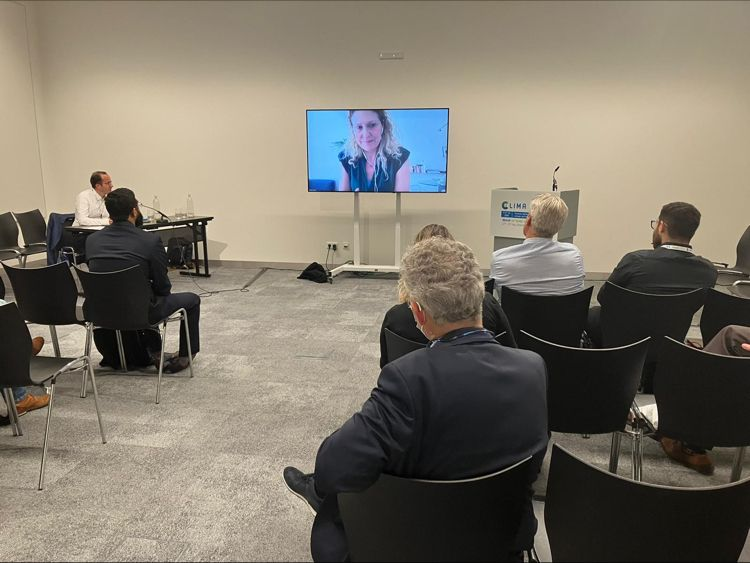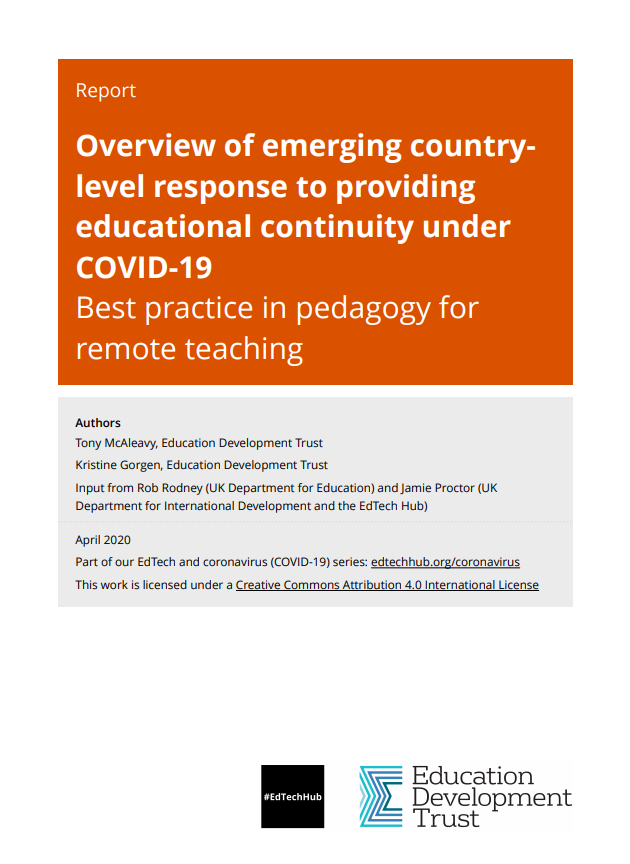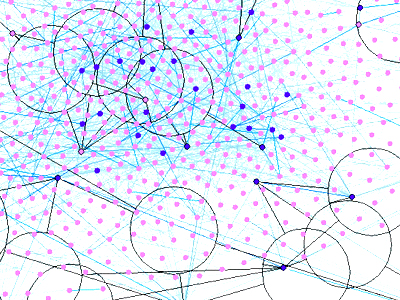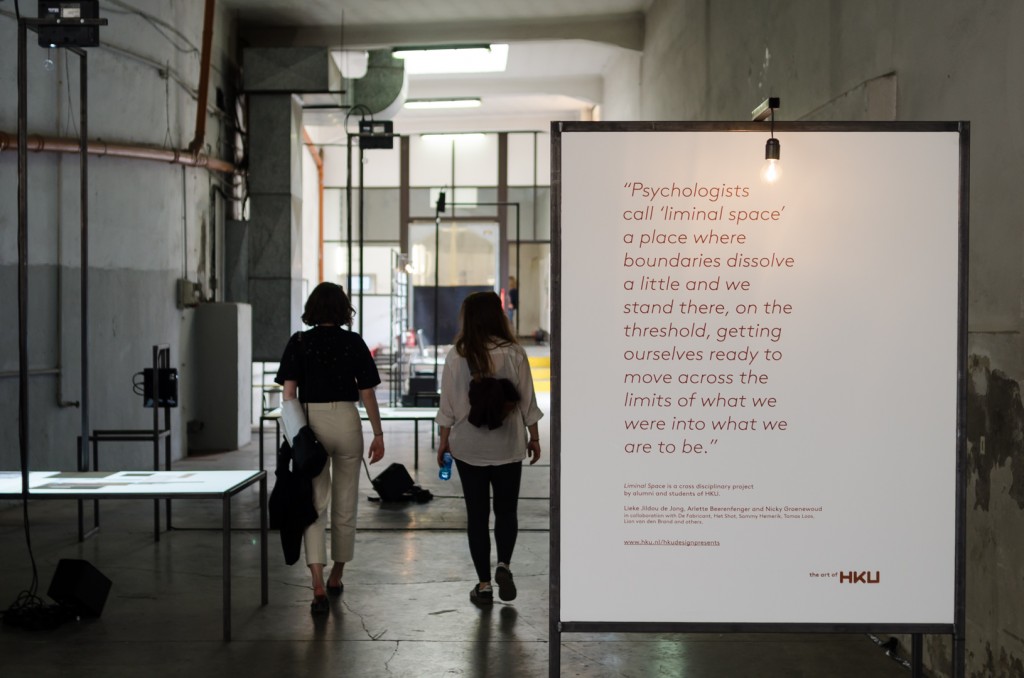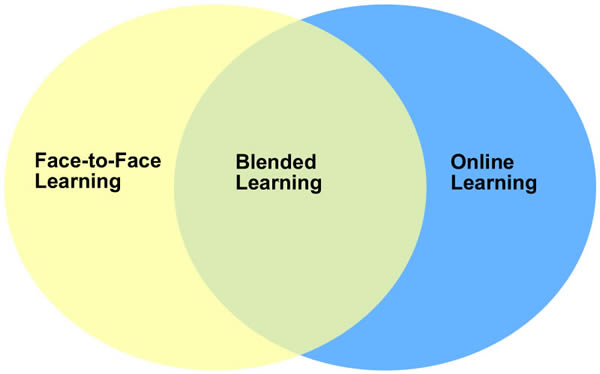
The network is a network of people: networked learning aims to understand social learning processes by asking how people develop and maintain a ‘web’ of social relations used for their learning and development (de Laat)
Networked learning does not necessarily involve ICT, though in specific cases it may make use of technology. What makes learning networked is the connection to and engagement with other people across different social positions inside and outside of a given institution. The network is supportive of a person’s learning through the access it provides to other people’s ideas and ways of participating in practice as well as of course through the opportunity to discuss these ideas and ways of participating and to potentially develop nuanced, common perspectives (Carvalho and Goodyear)
Networked learning may utilize ICT but it might me also supported by other means such as physical artefacts or artistic stimulation of senses and feelings while connections may also be drawn spontaneously by the learners themselves (Bober & Hynes)
The network is a network of situations or contexts: connections between the diverse contexts in which the learners participate as significant for understanding learning beyond online learning spaces, and, indeed, within them as well. This is the sense in which the network, under-stood as a network of situations, supports learning: by offering tacit knowledge, perspectives and ways of acting from known situations for re-situated use in new ones. Networked Learning’ on this under-standing is the learning arising from the connections drawn between situations and from the resituated use in new situations of knowledge, perspectives and ways of acting from known ones (Dohn)
The ‘network’ is one of ICT infrastructure, enabling connections across space and time: The support for learning provided by the network is one of infrastructure, i.e. the ease of saving, transporting and retrieving content for future use. Learning, it would seem, will be ‘networked’ whenever it is ICT-mediated, by that very fact; perhaps with the proviso that the situations of learning should indeed be separated in space and/or time so that the infrastructure (the ‘network’) is actually brought into play. This proviso would differentiate the field of networked learning somewhat from the field of Computer Supported Collaborative Learning (CSCL), where many studies concern ICT-facilitated group work between physically co-located students. The re-search field of Networked Learning is characterized, not only by focusing on ‘networks’, but also by taking a certain approach to learning, focusing critically on aspects of democratization and empowerment (Czerniewicz and Lee)
The ‘network’ is one of actants: consisting of both human and non-human agents in symmetrical relationship to each other. It is a systemic approach to learning, where individual learners’ interaction and learning may be analyzed as a result of socio-material entanglement with objects and other people. The network supports learning in the sense that any learning is in fact the result of concrete socio-material entanglement of physical, virtual, and human actants (Wright and Parchoma; Jones)
References
Bonderup Dohn, N., Sime, J-A., Cranmer, S., Ryberg, T., & de Laat, M. (2018). Reflections and challenges in Networked Learning. In N. Bonderup Dohn, S. Cranmer, J-A. Sime, M. de Laat, & T. Ryberg (Eds.), Networked Learning – reflections and challenges (pp. 187-212). Switzerland: Springer. Research in Networked Learning,
DOI: https://doi.org/10.1007/978-3-319-74857-3_11
Image available here
